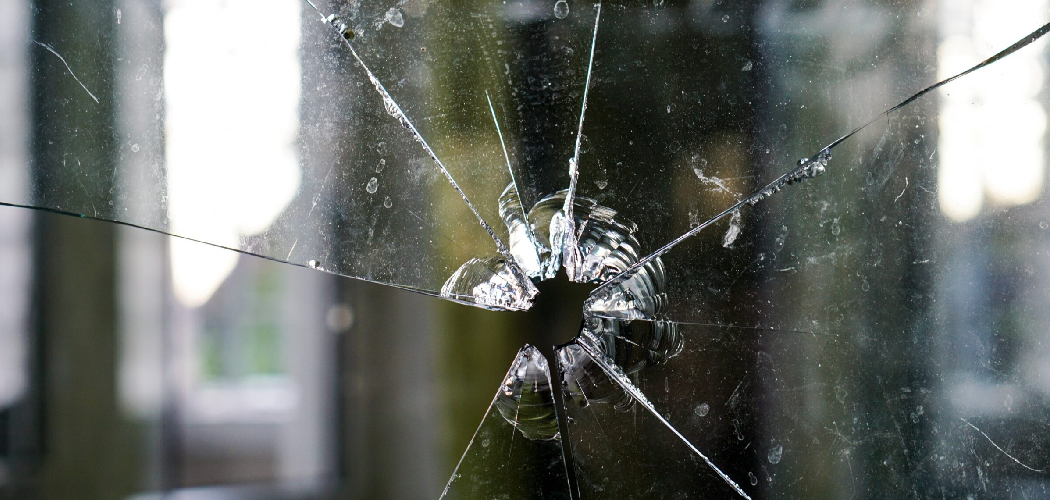Safety glass is designed to withstand impact and minimize injury in case of breakage. Despite its durability, improper handling, environmental factors, or even incorrect installation can compromise its integrity. Protecting safety glass is essential to ensure its longevity and maintain its protective qualities.
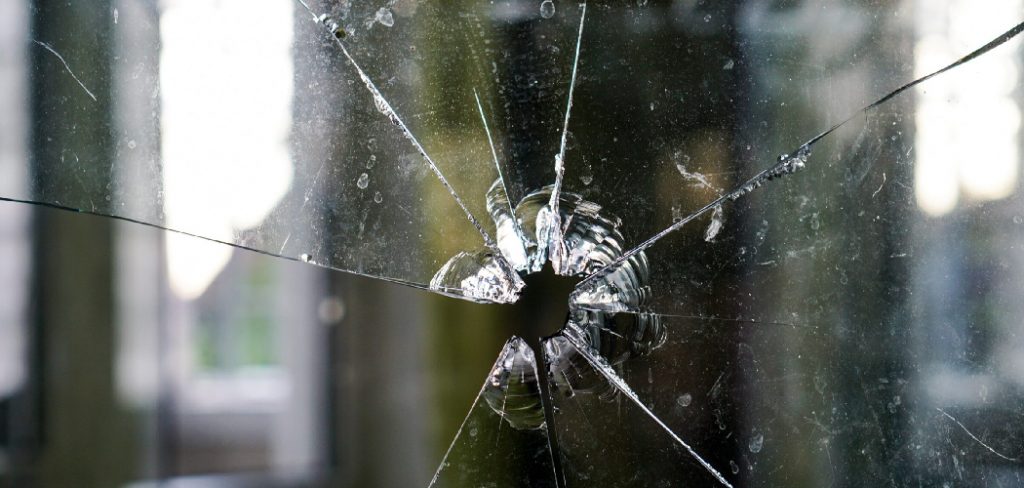
This guide on How to protect safety glass from breaking will explore practical tips and methods to prevent safety glass from breaking, helping you keep it in optimal condition.
Why is It Important to Protect Safety Glass?
Safety glass is commonly used in automobiles, homes, and commercial buildings due to its strength and safety properties. It is made up of two or more layers of glass bonded together with a layer of polymer between them. This construction allows safety glass to shatter into small, rounded pieces instead of sharp shards, reducing the risk of injury.
When safety glass breaks, it loses its protective qualities and can no longer serve its purpose. It can also be costly to replace, making it essential to take preventive measures to avoid breakage.
Needed Materials
Before we dive into the ways of protecting safety glass from breaking, here are some essential materials you will need:
- Microfiber Cloth or Soft Lint-free Cloth
- Glass Cleaner or Mild Soap and Water Solution
- Rubbing Alcohol or Vinegar (Optional)
- Protective Film or Tape (for Larger Surfaces)
- Safety Gloves and Goggles (Recommended for Handling Broken Glass)
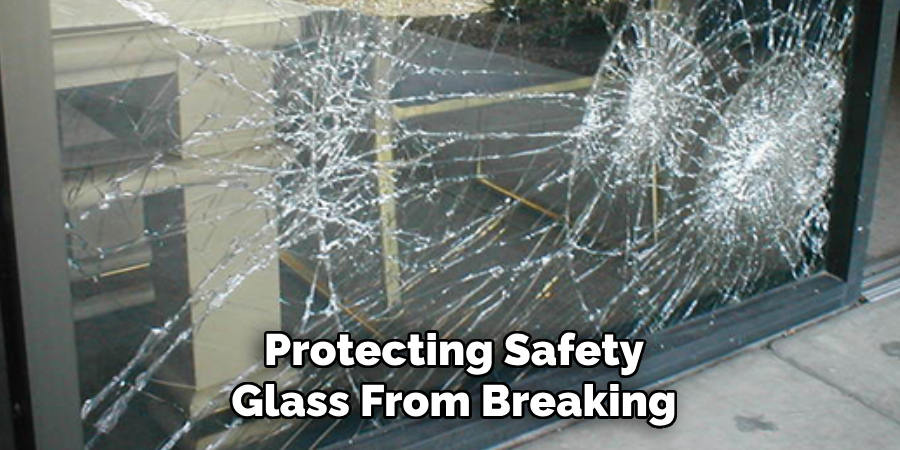
8 Step-by-step Guidelines on How to Protect Safety Glass From Breaking
Step 1: Regular Cleaning
As simple as it may sound, regular cleaning is crucial to maintaining safety glass. Dirt and debris can weaken the glass over time, making it more susceptible to breakage. Use a microfiber cloth or soft, lint-free cloth with a mild soap and water solution to clean the glass. Avoid using harsh chemicals or abrasive cleaners, as they can damage the surface of the glass.
It is also recommended that the glass be cleaned at least once a week, especially in high-traffic areas or if exposed to harsh environmental elements.
Step 2: Apply Protective Film or Tape
Applying a protective film or tape to safety glass can add an extra layer of protection, reducing the risk of breakage caused by impacts or scratches. Protective films are designed to absorb energy and hold the glass together in case of damage, making them an excellent choice for larger glass surfaces like windows or doors.
Begin by cleaning the glass thoroughly to remove any dirt, grease, or debris that can interfere with the adhesion of the film or tape. Once the surface is clean and dry, carefully measure and cut the protective film or tape to fit the glass.
Apply the film starting from one edge and use a squeegee or soft tool to smooth it out, removing air bubbles as you go. Ensure the film is securely attached with no lifting edges. Regularly inspect the film for any damage or peeling and replace it if necessary to maintain optimal protection.
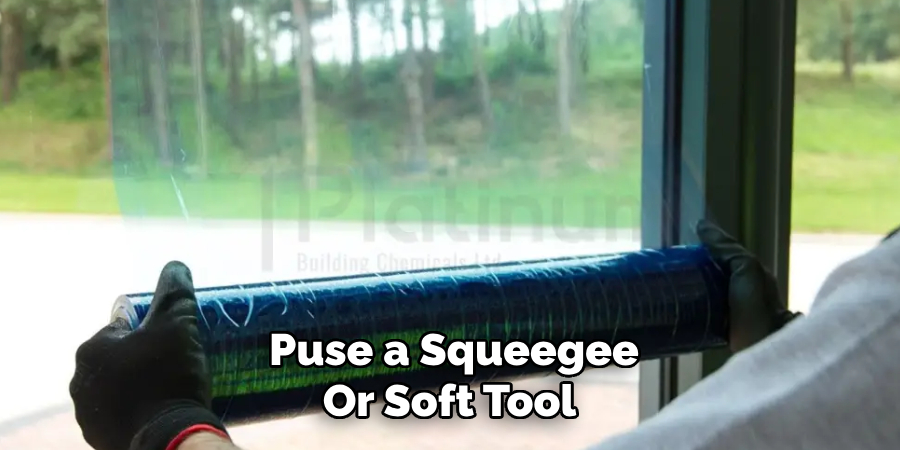
Step 3: Avoid Direct Contact with Sharp or Hard Objects
Avoid direct contact with sharp or hard objects that can cause scratches or impact on safety glass. This includes using metal tools, jewelry, or rough materials near the glass surface. If possible, keep a safe distance from the glass when handling heavy objects to prevent any accidental drops.
Step 4: Use Appropriate Cleaning Techniques
When cleaning safety glass, avoid using harsh chemicals or abrasive cleaners, as they can weaken and damage the surface over time. Instead, opt for a mild soap and water solution or a designated glass cleaner. For tougher stains, you may use rubbing alcohol or vinegar diluted in water as an alternative.
Ensure to use a soft cloth and gentle wiping motions to avoid scratching the glass. Do not use excessive force or pressure, as it can also cause damage.
Step 5: Protect Glass From Extreme Temperatures
Safety glass can expand or contract with temperature changes, which can put stress on its structure and increase the risk of breakage. To prevent this, ensure that safety glass is installed correctly according to manufacturer guidelines. Additionally, avoid exposing safety glass directly to extreme temperatures, such as placing hot objects on the surface or using cold water on a hot day.
The same applies to automotive safety glass; avoid using hot water to clean the windshield in cold weather, as it can cause it to crack.
Step 6: Properly Secure Glass Panels
For larger safety glass panels, such as those used for commercial buildings or shower doors, proper installation and securing are crucial. Ensure that the glass panels are correctly installed and supported with appropriate hardware or framing. Regularly inspect the hardware for any signs of wear or damage and replace them when necessary.
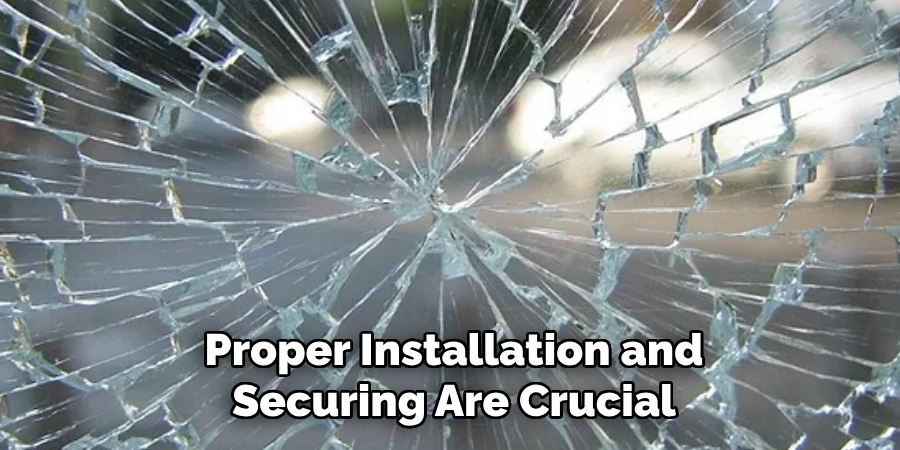
It is also recommended to have a professional install and secure safety glass panels, as they have the expertise and tools needed for proper installation.
Step 7: Handle Broken Glass with Care
In case of an accident or damage resulting in broken safety glass, it is essential to handle it with care. Wear protective gloves and goggles before handling any broken glass to prevent injury. Use a broom or dustpan to carefully collect any larger pieces of glass and dispose of them properly.
Clean the remaining smaller pieces using a damp cloth or vacuum, ensuring not to spread the shards around. Dispose of all broken glass in a puncture-resistant container.
Step 8: Regularly Inspect Glass for Any Signs of Damage
Lastly, it is essential to regularly inspect safety glass for any signs of damage, such as cracks, chips, or scratches. Address any issues promptly by repairing or replacing the glass to maintain its integrity and prevent further damage.
Taking these preventive measures can help protect the glass from breaking and ensure its durability in the long run. Additionally, remember to follow manufacturer guidelines for specific maintenance instructions on How to protect safety glass from breaking and always prioritize safety when handling broken glass. Overall, with proper care and maintenance, you can extend the lifespan of safety glass and keep it looking pristine for years to come. Happy protecting!
Tips to Protect Safety Glass from Breaking
Proper Handling and Installation:
The first step in protecting safety glass is to handle and install it correctly. Improper handling of glass can cause scratches, chips, or damage that may compromise it in the long run. Make sure to always wear gloves and handle them carefully, avoiding any sharp or hard objects that can cause damage.
Use Tempered Glass for High-Risk Areas:
Consider using tempered safety glass in high-risk areas such as shower doors, sliding doors, or windows near children’s play areas. Tempered glass is more durable and less likely to break upon impact compared to regular glass.
Apply Window Tinting:
Window tinting not only adds a touch of privacy but also offers an extra layer of protection for safety glass. The tinted film can help reduce the risk of breakage by absorbing some of the impact energy from external objects.
Avoid Slamming Doors or Windows:
Repeatedly slamming doors or windows can weaken the glass and increase the risk of breakage over time. Encourage gentle use of these openings to maintain the integrity of safety glass.
Keep Trees and Plants Trimmed:
If you have safety glass windows near trees or plants, make sure to keep them trimmed regularly. Overgrown branches or bushes can cause damage to the glass during strong winds or storms.
Regular Maintenance:
Regularly inspect safety glasses for any signs of wear or damage and address them promptly. This includes cleaning, securing hardware, and repairing any chips or cracks.
By following these tips and steps, you can ensure that your safety glass remains intact and provides optimal protection for years to come.
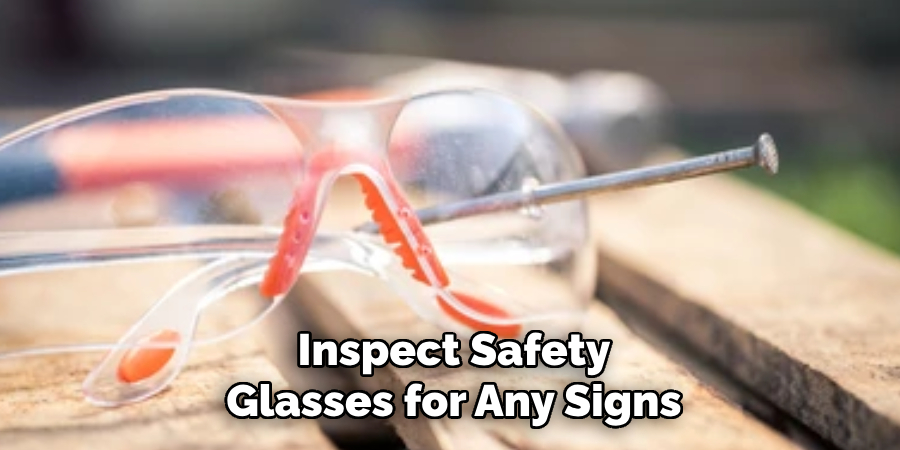
Frequently Asked Questions
Q1: What is the Difference Between Safety Glass and Regular Glass?
A1: Safety glass is designed to be more durable and resistant to breakage compared to regular glass. It is also designed to break into smaller, less harmful pieces in case of breakage.
Q2: Can I Use Harsh Chemicals to Clean Safety Glass?
A2: No, it is not recommended to use harsh chemicals or abrasive cleaners on safety glass as they can weaken and damage the surface over time. It is best to opt for mild soap and water solutions or designated glass cleaners.
Q3: What Should I Do If My Safety Glass Breaks?
A3: In case of breakage, handle the broken glass with care by wearing protective gloves and using a broom or dustpan to collect larger pieces. Clean the remaining smaller pieces with a damp cloth or vacuum and dispose of all broken glass in a puncture-resistant container. For larger panels, it is best to contact a professional for proper disposal and replacement.
Q4: Can I Repair Chips or Scratches on Safety Glass?
A4: Small chips or scratches can be repaired using glass repair kits, but it is recommended to have a professional assess and repair any significant damage.
Conclusion
Safety glass plays a vital role in ensuring the security and durability of various structures and environments, from residential windows to commercial installations. By following proper handling, maintenance on How to protect safety glass from breaking, and preventive measures, you can significantly extend the lifespan of safety glass and reduce the likelihood of damage or breakage.
Regular inspections, careful cleaning, and addressing any issues promptly ensure safety and functionality. When in doubt, consulting professionals for installation, repair, or replacement is always a prudent choice. Protecting safety glass not only enhances its performance but also provides peace of mind for years to come.

